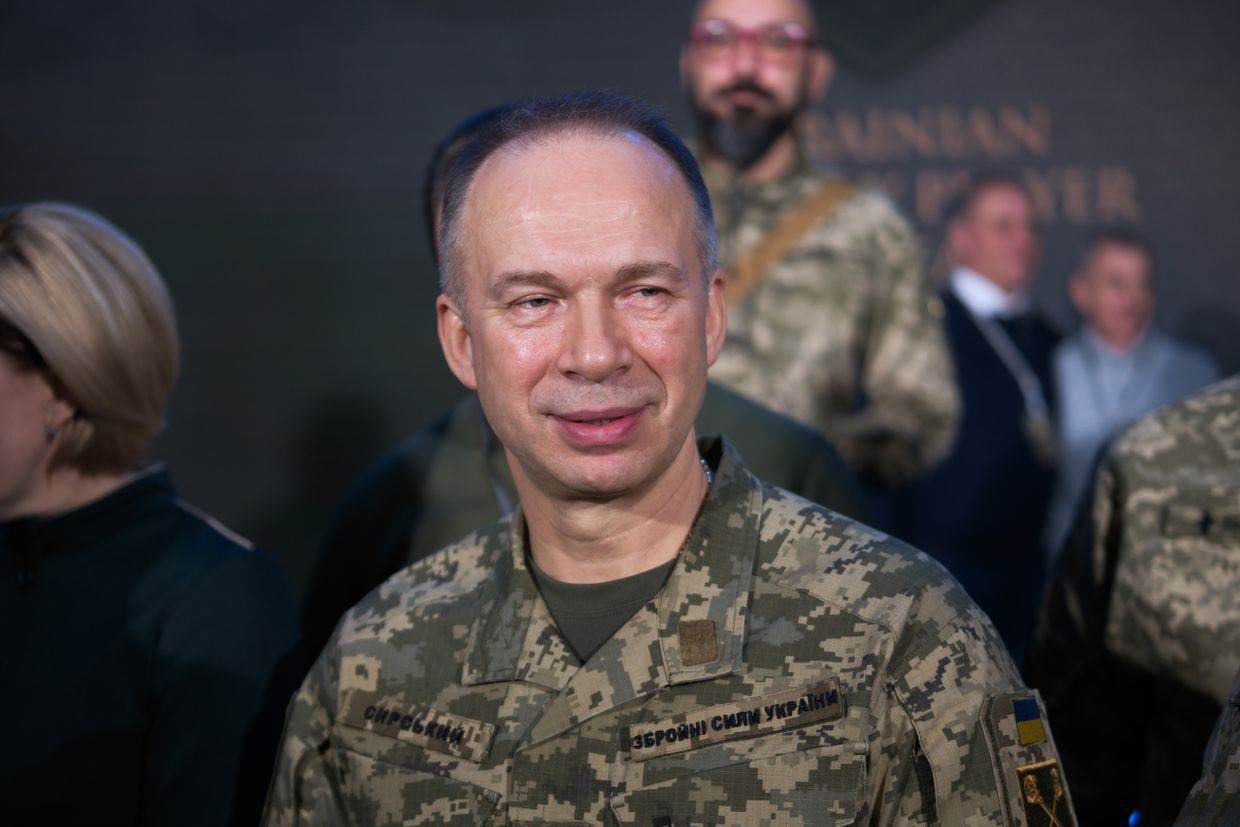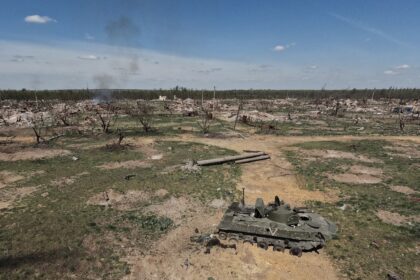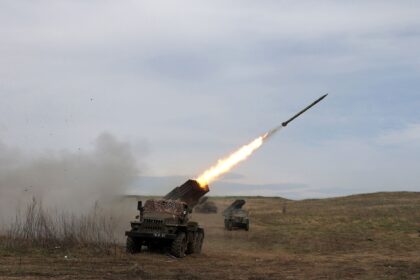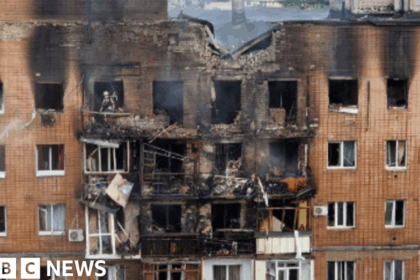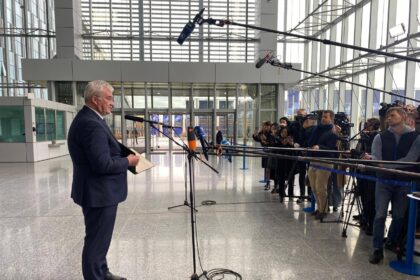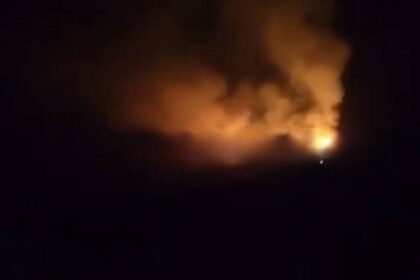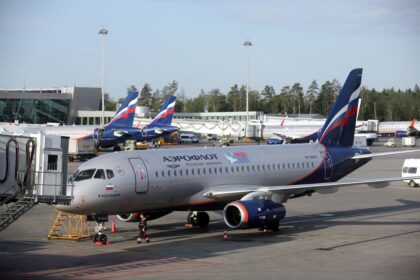**Ukraine’s Long-range Strikes Cut Russia’s Ammunition Use by Half, Military Chief Says**
In a recent interview with Ukrainian media outlet Lb.ua, Commander-in-Chief Oleksandr Syrskyi revealed that long-range Ukrainian strikes on ammunition stockpiles in Russia have significantly reduced Moscow’s artillery shell fire rate. According to Syrskyi, Russian soldiers used to fire around 40,000 rounds of ammunition daily across the frontlines, but a series of long-range attacks reduced this number to around 23,000.
This is not the first time Ukraine has targeted Russian ammunition depots. Throughout 2024, Ukraine has carried out multiple drone strikes, targeting Russian ammunition depots inside Russia and in the Ukrainian-occupied territories. These strikes have had a significant impact on Russia’s artillery capabilities, forcing them to reduce their fire rate by nearly half.
**Ammunition Shortages Plague Ukraine**
The reduced Russian artillery rate is a welcome development for Ukraine, which has struggled with ammunition shortages throughout the war. The EU failed to deliver on its promise to produce 1 million artillery shells between March 2023 and 2024, while political disputes in Washington led to a severe delay in a $61 billion aid package.
Despite these challenges, Ukraine’s military has been able to adapt and find ways to counter Russia’s artillery advantage. In late December, Sky News reported that Russia’s artillery advantage against Ukraine had dropped to 1.5 rounds for each Ukrainian shell. This is a significant improvement for Ukraine, which has been able to narrow the ammunition gap through its own efforts.
**Russia Launches Fresh Offensive**
Even as Ukraine narrows the ammunition gap, Russian forces continue to push on Ukraine’s east by launching a fresh offensive against Kharkiv and Sumy oblasts. Despite these challenges, Ukraine’s military remains committed to using long-range strikes to disrupt Russia’s supply chains and reduce their artillery capabilities.
**Analysis**
The reduction in Russian artillery fire rate is a significant development in the war between Ukraine and Russia. It highlights the effectiveness of Ukraine’s long-range strikes and its ability to adapt to changing circumstances. While Russia’s artillery advantage may have been reduced, it remains a formidable force on the battlefield.
However, the fact that Ukraine has been able to narrow the ammunition gap through its own efforts is a testament to its resilience and determination. As the war continues, it will be essential for Ukraine to maintain this momentum and find ways to counter Russia’s artillery capabilities.
**Commentary**
The impact of long-range strikes on Ukraine’s military strategy cannot be overstated. By targeting Russian ammunition depots, Ukraine has been able to reduce Moscow’s artillery capabilities and create a more level playing field on the battlefield. This is a significant development that could have far-reaching implications for the war in Ukraine.
Ultimately, the success of Ukraine’s long-range strikes will depend on its ability to sustain them over time. If Ukraine can maintain this momentum, it could potentially turn the tide of the war and create new opportunities for itself.




